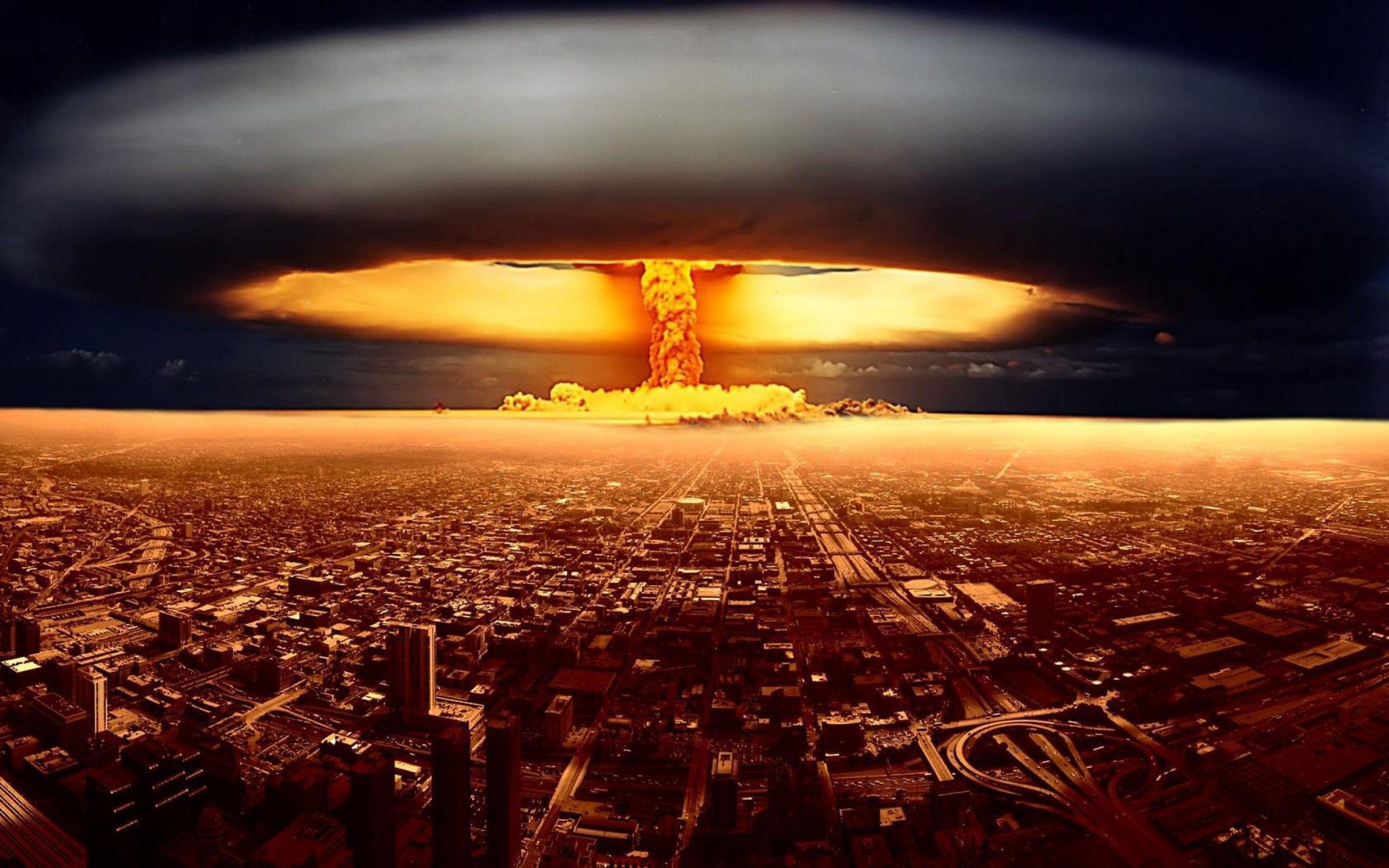
Is it possible that we are living in a time where we could experience another arms race? In a March 1 speech before Russia’s Federal Assembly, Vladimir Putin discussed the new strategic weapons that are being developed to counter United States ballistic missile defenses. The problem? Two of these weapons are allegedly nuclear powered. One is an intercontinental-range nuclear torpedo and the other is a cruise missile. This shocked defense and nuclear disarmament experts. The thought is that Russia isn’t bluffing, and they’ve likely already tested the weapons. This is how Putin described the weapons:
“Russia’s advanced arms are based on the cutting-edge, unique achievements of our scientists, designers, and engineers. One of them is a small-scale, heavy-duty nuclear energy unit that can be installed in a missile like our latest X-101 air-launched missile or the American Tomahawk missile—a similar type but with a range dozens of times longer, dozens—basically an unlimited range. It is a low-flying stealth missile carrying a nuclear warhead, with almost an unlimited range, unpredictable trajectory and ability to bypass interception boundaries. It is invincible against all existing and prospective missile defense and counter-air defense systems.”
This isn’t the first time that a government has worked on a nuclear-powered strategic weapon. In fact, many years ago, the US developed engines first for a proposed nuclear-powered bomber, and then for a hypersonic nuclear cruise missile. What’s interesting about these particular programs is that they were dropped. Not necessarily because they didn’t work, but because they weren’t practical.

The testing of these weapons isn’t practical either. I mean, radiation spews from the engine exhaust. Not to mention, when the tests go awry, they’ve got to have some kind of impact when they crash. They’re nuclear powered after all. But let’s take a look at nuclear testing of years gone by.
The idea of being able to fly nuclear reactors started back in 1942. Physicist Robert Bussard and R.D. DeLaur wrote:
“The use of nuclear energy for aircraft and rocket propulsion was discussed almost from the time of achievement of the first fission chain reactor, by Enrico Fermi and his associates in the wartime Manhattan District project.”
At the time, nuclear power made a lot of sense for aircraft, because nothing else can generate the power density of a nuclear reaction. Most applications of nuclear energy simply swap a nuclear reaction out of whatever they previously used as a source of thermal energy. In nuclear power plants and shipboard nuclear propulsion, for example, fission took the place of coal and oil burned to turn water into the steam used to spin turbines. By 1946, the idea of a nuclear airplane had evolved into a full-blown program that was actually funded by the military. Known as Nuclear Energy for the Propulsion of Aircraft (NEPA) Project, and included a $10 million feasibility study.

Why am I telling you all of this? To let you know that this isn’t a new concept. But it also isn’t a good one either. Millions of dollars and a couple of decades later, nuclear-powered aircrafts were being abandoned. But it didn’t stop there. NASA started funding research for nuclear-powered thermal rockets in the 1960s and 1970s. That kind of technology is still being considered today as an option for interplanetary missions. But most people agree that the risks of flying radiation-powered vehicles inside the Earth’s atmosphere are not a good idea.
That is until Russia’s leadership decided that the US was pushing the nuclear balance too far in its favor with all the research over the years. It’s not clear whether the nuclear cruise missile engine Putin mentioned in his speech has been tested yet. Russian news outlet Vedomosti quoted a source in Russia’s military industry as saying that tests thus far have used “an electrical layout” to test the missile’s engine and not an actual nuclear reactor. But Russia does not appear to have been working hard on miniaturizing nuclear reactors.
